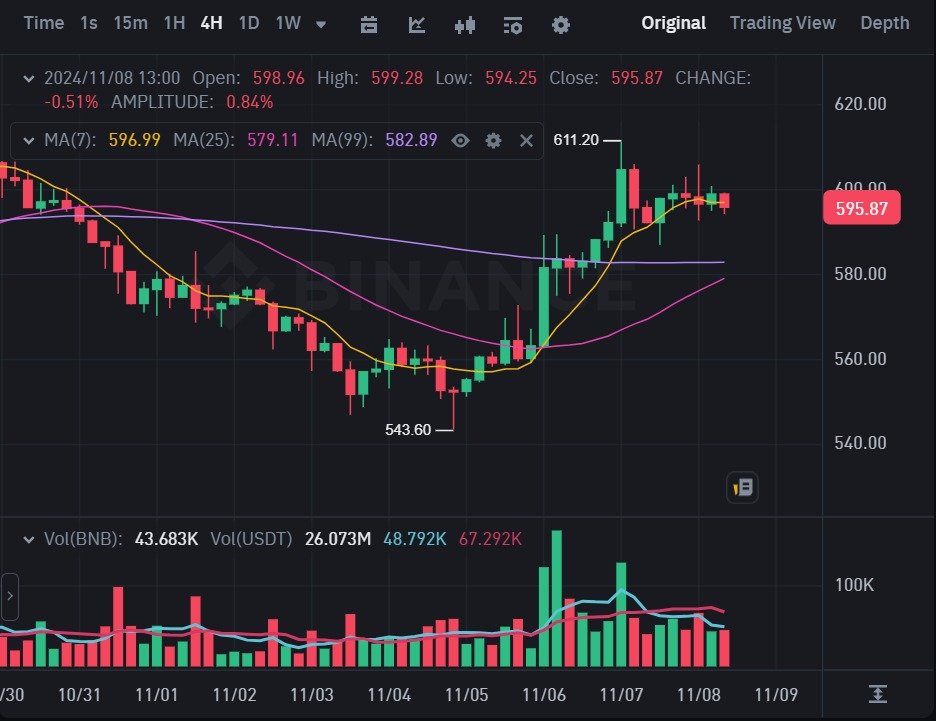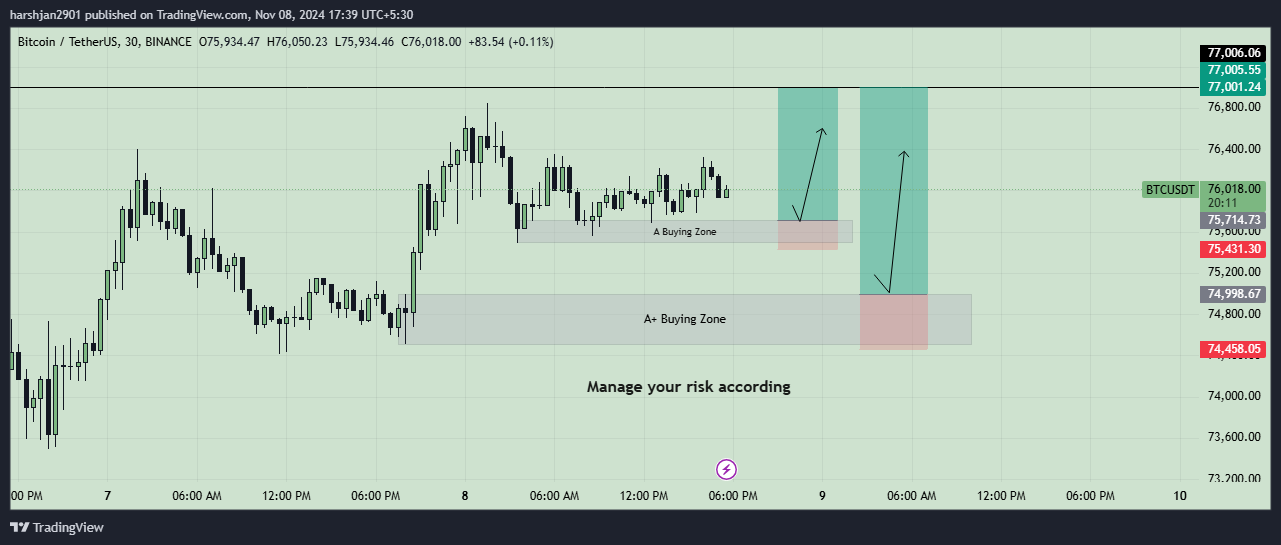With Bitcoin as the dominant cryptocurrency, many investors are also considering altcoins for portfolio diversification. Altcoins like Ethereum (ETH), Cardano (ADA), and Solana (SOL) are well-known Bitcoin alternatives, but newer projects with unique use cases and innovations are making their mark in 2025. Here’s a look at the top Bitcoin alternatives to consider for long-term investment, focusing on those with high growth potential, strong utility, and promising roadmaps.
1. Ethereum (ETH)
Overview: Ethereum is the second-largest cryptocurrency by market cap and the leading platform for decentralized applications (dApps). Known for its smart contract functionality, Ethereum transitioned to proof-of-stake (PoS) through the Ethereum 2.0 upgrade, significantly enhancing scalability and energy efficiency.
Investment Potential: Ethereum’s adaptability as a foundation for decentralized finance (DeFi), non-fungible tokens (NFTs), and enterprise applications makes it a cornerstone of blockchain utility. Its ongoing upgrades and increasing institutional adoption make it a strong contender for long-term growth.
2. Cardano (ADA)
Overview: Cardano is a PoS blockchain known for its research-driven development approach. Created by one of Ethereum’s co-founders, Cardano prioritizes scalability, interoperability, and sustainability and aims to support dApps and DeFi.
Investment Potential: Cardano’s meticulous approach and active development community have drawn interest for long-term investment. With further upgrades planned in the near future, including more smart contract functionalities and interoperability solutions, Cardano could be a solid choice for those seeking an alternative to Ethereum.
3. Solana (SOL)
Overview: Solana is a high-performance blockchain known for its speed and low transaction costs. With its unique consensus mechanism (proof-of-history combined with proof-of-stake), Solana can handle thousands of transactions per second, making it ideal for dApps, DeFi, and NFT applications.
Investment Potential: Despite occasional network challenges, Solana’s potential for scaling and speed gives it an edge for applications that require high throughput, like gaming and decentralized exchanges. Solana’s vibrant ecosystem and low costs make it appealing for developers and investors looking at growth in decentralized technology.
4. Polkadot (DOT)
Overview: Polkadot focuses on interoperability by allowing different blockchains to connect and share information. Developed by another Ethereum co-founder, Polkadot’s multi-chain approach aims to solve scalability issues and enhance communication across blockchains.
Investment Potential: Polkadot’s potential to unify disparate blockchains and create a fully interoperable network positions it as a unique investment opportunity. Its “parachain” model, enabling multiple chains to run in parallel, could play a pivotal role in the evolving decentralized internet, giving it solid long-term appeal.
5. Chainlink (LINK)
Overview: Chainlink is the leading decentralized oracle network, enabling smart contracts to interact with real-world data. It’s essential for a variety of blockchain applications, particularly in DeFi, where reliable data from external sources is required.
Investment Potential: As DeFi and dApps continue to grow, the need for reliable oracles will increase. Chainlink’s established partnerships with large companies and DeFi projects solidify its status as a valuable infrastructure project, making it an appealing option for investors looking at utility-focused altcoins.
6. Avalanche (AVAX)
Overview: Avalanche is a scalable platform focused on speed and low fees, often seen as a direct competitor to Ethereum. It uses a unique consensus protocol that enables fast transactions and supports a range of decentralized applications and financial primitives.
Investment Potential: Avalanche’s focus on providing an Ethereum alternative with faster and cheaper transactions has attracted significant developer and investor interest. The platform’s expansion and potential use in both DeFi and enterprise applications make it a notable choice for long-term growth.
7. Cosmos (ATOM)
Overview: Cosmos is an interoperability-focused blockchain that seeks to connect different blockchains through its Tendermint consensus and Inter-Blockchain Communication (IBC) protocol. Known as the “Internet of Blockchains,” Cosmos is designed to enable seamless interactions between various networks.
Investment Potential: Cosmos’s vision for a connected blockchain ecosystem is well-suited to a future with multiple interconnected networks. With IBC and more projects launching on Cosmos, it stands out as a potential long-term investment for those betting on cross-chain solutions.
8. Polygon (MATIC)
Overview: Polygon is a Layer 2 scaling solution for Ethereum, aiming to improve transaction speeds and reduce fees on the Ethereum network. Its compatibility with Ethereum makes it an attractive option for developers looking for cheaper alternatives to Ethereum’s high fees.
Investment Potential: Polygon’s role in easing Ethereum’s scalability challenges, along with its growing ecosystem of dApps, DeFi projects, and NFTs, makes it an appealing choice. As Ethereum continues to grow, Polygon’s interoperability and scaling solutions could drive further adoption.
9. Algorand (ALGO)
Overview: Algorand is a PoS blockchain known for its focus on speed, scalability, and low transaction fees. Its unique consensus mechanism, which is environmentally friendly, makes it ideal for use cases ranging from digital payments to asset tokenization.
Investment Potential: With increasing partnerships in finance, Algorand is well-positioned for enterprise adoption. Its low fees and energy efficiency also give it an edge, making it an appealing option for sustainable blockchain solutions in the long run.
10. Ripple (XRP)
Overview: Ripple’s XRP is primarily designed for fast, low-cost cross-border payments and has a strong focus on partnerships with financial institutions. Ripple’s approach to blockchain use in traditional finance distinguishes it from other decentralized projects.
Investment Potential: Despite ongoing regulatory scrutiny, Ripple’s partnerships with major financial institutions highlight its value in facilitating cross-border payments. Its utility in global transactions could make it a resilient option for those interested in finance-oriented blockchain solutions.
Conclusion
While Bitcoin is an established leader in the crypto space, these altcoins offer unique solutions, from smart contract platforms like Ethereum and Cardano to interoperability-focused networks like Polkadot and Cosmos. As you look to diversify your portfolio, consider how each project’s use case, roadmap, and ecosystem might align with long-term growth.
For investors looking to diversify in crypto, Lumina Lore provides expert-backed strategies and insights for choosing high-potential assets. To start your investment journey, join Binance via our referral link and explore the future of crypto investment.



